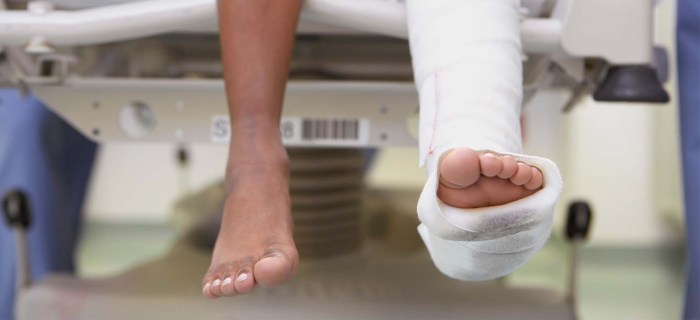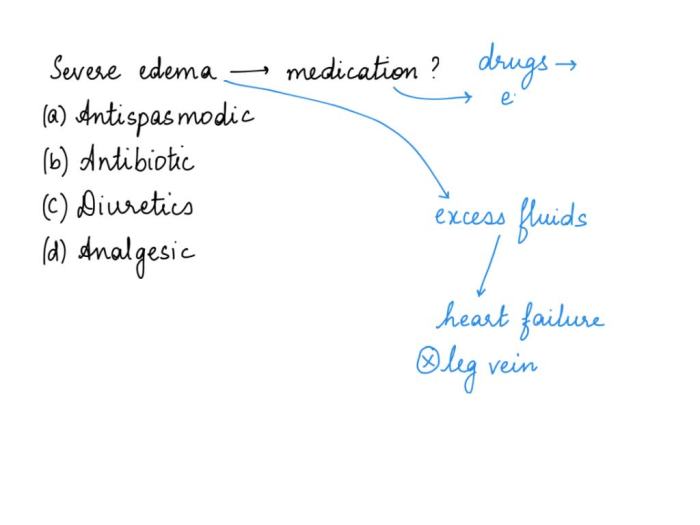A patient with a lower extremity fracture complains of pain, swelling, and difficulty walking. These injuries can result from various causes, including falls, sports injuries, and motor vehicle accidents. Understanding the symptoms, diagnosis, and treatment options for lower extremity fractures is crucial for effective patient care.
This comprehensive guide will delve into the complexities of lower extremity fractures, providing healthcare professionals with the knowledge and tools necessary to manage these injuries effectively. We will explore the presenting symptoms, physical examination findings, diagnostic imaging techniques, and treatment options, including conservative and surgical interventions.
Patient Presentation

Patients with a lower extremity fracture typically present with pain, swelling, deformity, and functional limitations. The pain is often severe and may be localized to the fracture site or radiate along the length of the extremity. Swelling and deformity are common, and the extremity may be shortened or angulated.
Functional limitations may include difficulty bearing weight, walking, or performing other activities of daily living.Associated injuries or medical conditions may include soft tissue injuries, nerve damage, or vascular injuries. These injuries may require additional treatment and may affect the prognosis of the fracture.
Physical Examination: A Patient With A Lower Extremity Fracture Complains

A thorough physical examination of the lower extremity should include inspection, palpation, range of motion testing, and neurological assessment.Inspection involves observing the extremity for swelling, deformity, and any open wounds. Palpation involves feeling the extremity for tenderness, crepitus, and any palpable fractures.
Range of motion testing involves assessing the active and passive range of motion of the affected joints. Neurological assessment involves testing sensation, motor function, and reflexes.Specific findings relevant to a lower extremity fracture may include:
- Tenderness over the fracture site
- Crepitus (a grating sensation) over the fracture site
- Deformity of the extremity
- Limited range of motion of the affected joints
- Sensory or motor deficits
Diagnostic Imaging

Imaging studies are essential for diagnosing lower extremity fractures. X-rays are the most commonly used imaging study and can provide clear images of the bones. CT scans can provide more detailed images of the bones and soft tissues, and may be useful in diagnosing complex fractures.
MRI scans can provide images of the soft tissues, including ligaments and tendons, and may be useful in diagnosing fractures that involve these structures.The different types of fractures that can be identified using imaging studies include:
- Closed fractures: These fractures do not break the skin.
- Open fractures: These fractures break the skin and may be contaminated with bacteria.
- Stable fractures: These fractures do not move when the extremity is stressed.
- Unstable fractures: These fractures move when the extremity is stressed.
- Comminuted fractures: These fractures involve multiple fragments of bone.
- Stress fractures: These fractures are small cracks in the bone that are caused by overuse.
Key Questions Answered
What are the common symptoms of a lower extremity fracture?
Pain, swelling, deformity, and difficulty walking or bearing weight are common symptoms of a lower extremity fracture.
How are lower extremity fractures diagnosed?
Diagnosis involves a physical examination and imaging studies such as X-rays, CT scans, or MRI.
What are the treatment options for lower extremity fractures?
Treatment options include conservative management (e.g., immobilization, pain medication) and surgical intervention (e.g., open reduction and internal fixation).